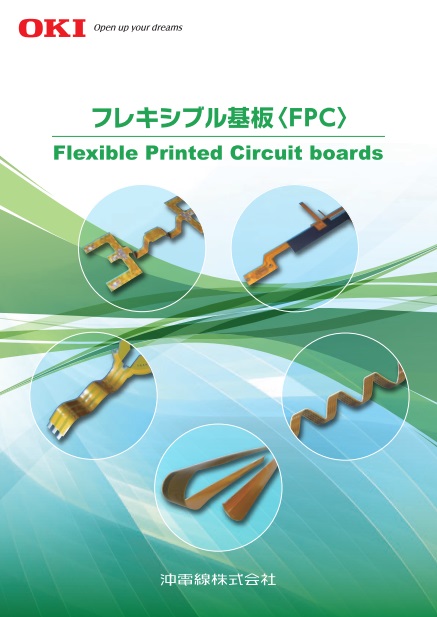Oki Electric Cable: Reduces FPC prototype costs; Reduces initial costs with laser processing
Laser processing is one method for cutting out (processing) the outer shape of an FPC. This laser processing has two main advantages compared to using a mold.
The cost of preparation (initial cost) is low
To process the outer shape of an FPC, there are two methods: using a dedicated mold called a "mold" and using a laser processing machine. When using a mold, it is necessary to create a special mold that matches the shape of the product. It costs money to create this mold (this is part of the initial cost). On the other hand, with laser processing, there is no need to prepare such a mold. You can simply prepare the shape you want to process as data on a computer. Therefore, there is a great advantage in that you can keep the initial preparation cost (initial cost) for making the product low because there is no cost to make a mold.
Easy to respond when you want to change the shape
In the initial stage of product development (prototype stage), it is often necessary to change the specifications, such as "I want to change the shape of this part a little more" after using the actual FPC. If you use a mold for processing, you must create a new mold from scratch to fit the new shape in order to change the shape. This takes time and money again. However, with laser processing, even if you want to change the shape, you can do so simply by editing the processing data on a computer. This has the advantage of being able to respond flexibly to specification changes quickly and without incurring large additional costs.
Because of these advantages, laser processing is a very effective method, especially when prototyping FPCs, as it reduces initial costs and also makes it easy to change the shape later. Laser processing takes longer to process than using a mold, so it is mainly used for small-scale production such as prototyping. Please choose the optimal processing method depending on the final specifications of the FPC and the quantity to be made.
◇Manufacturer's site
https://www.okidensen.co.jp/en/prod/fpc/
OKI Electric Cable FPC Catalog PDF
The cost of preparation (initial cost) is low
To process the outer shape of an FPC, there are two methods: using a dedicated mold called a "mold" and using a laser processing machine. When using a mold, it is necessary to create a special mold that matches the shape of the product. It costs money to create this mold (this is part of the initial cost). On the other hand, with laser processing, there is no need to prepare such a mold. You can simply prepare the shape you want to process as data on a computer. Therefore, there is a great advantage in that you can keep the initial preparation cost (initial cost) for making the product low because there is no cost to make a mold.
Easy to respond when you want to change the shape
In the initial stage of product development (prototype stage), it is often necessary to change the specifications, such as "I want to change the shape of this part a little more" after using the actual FPC. If you use a mold for processing, you must create a new mold from scratch to fit the new shape in order to change the shape. This takes time and money again. However, with laser processing, even if you want to change the shape, you can do so simply by editing the processing data on a computer. This has the advantage of being able to respond flexibly to specification changes quickly and without incurring large additional costs.
Because of these advantages, laser processing is a very effective method, especially when prototyping FPCs, as it reduces initial costs and also makes it easy to change the shape later. Laser processing takes longer to process than using a mold, so it is mainly used for small-scale production such as prototyping. Please choose the optimal processing method depending on the final specifications of the FPC and the quantity to be made.
◇Manufacturer's site
https://www.okidensen.co.jp/en/prod/fpc/

OKI Electric Cable FPC Catalog PDF
